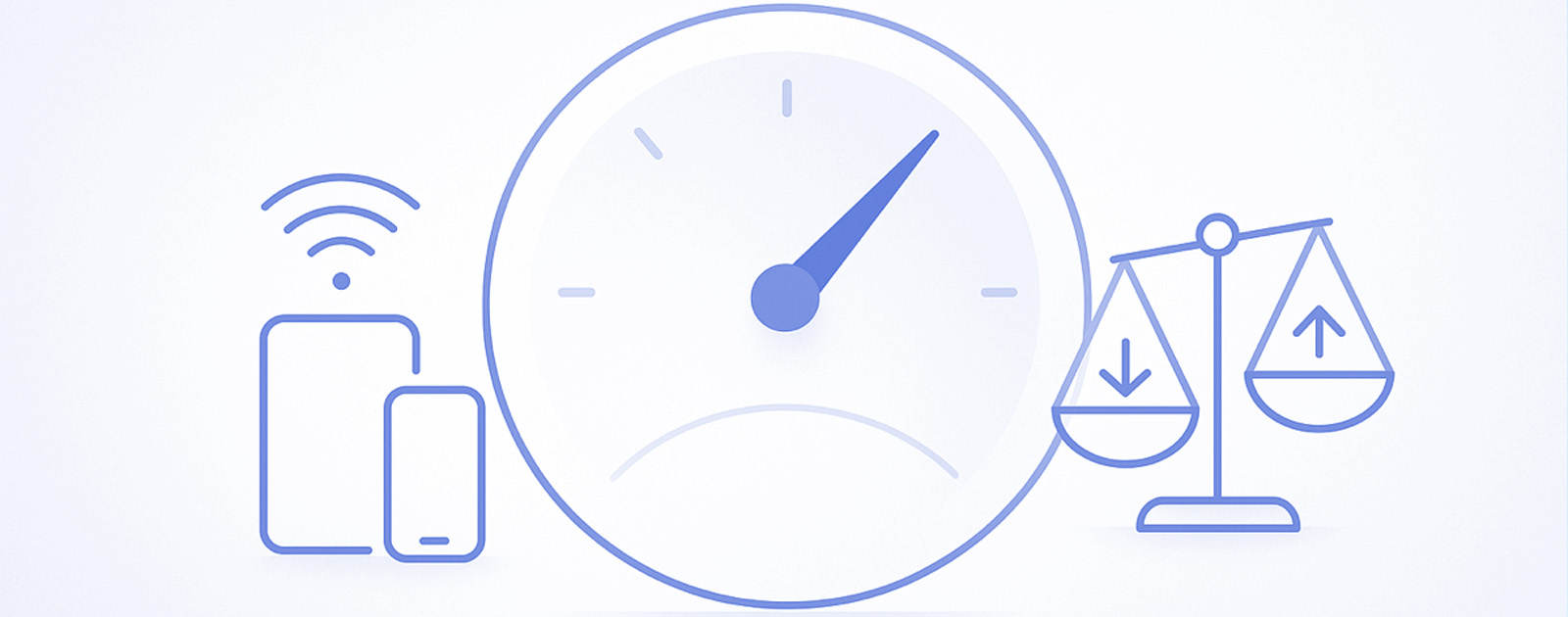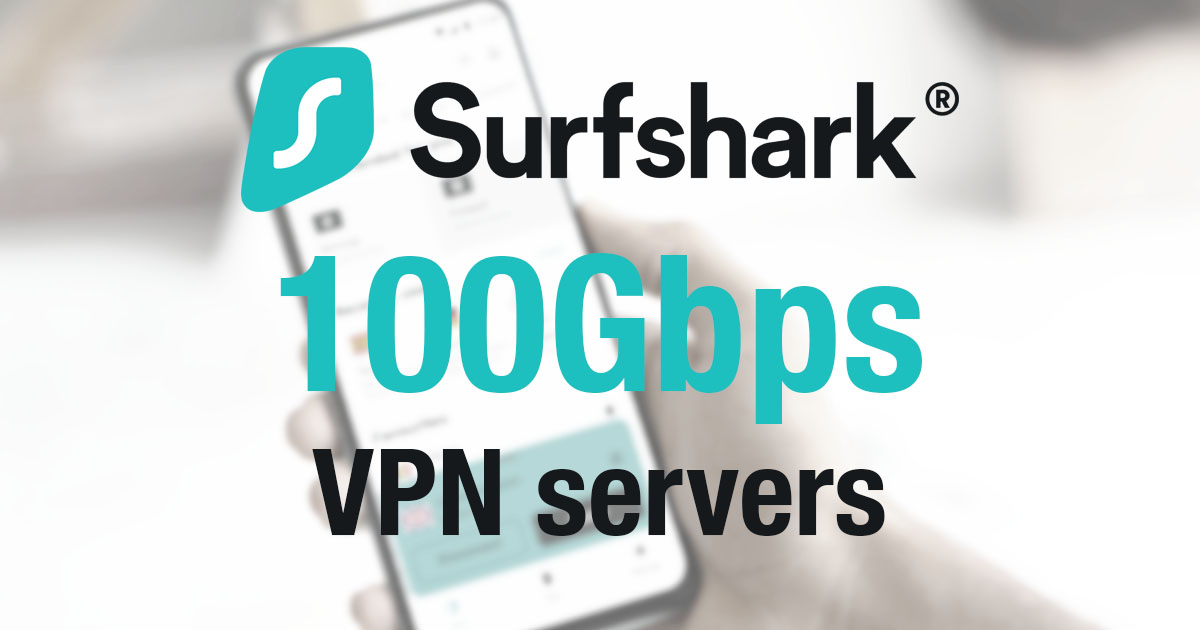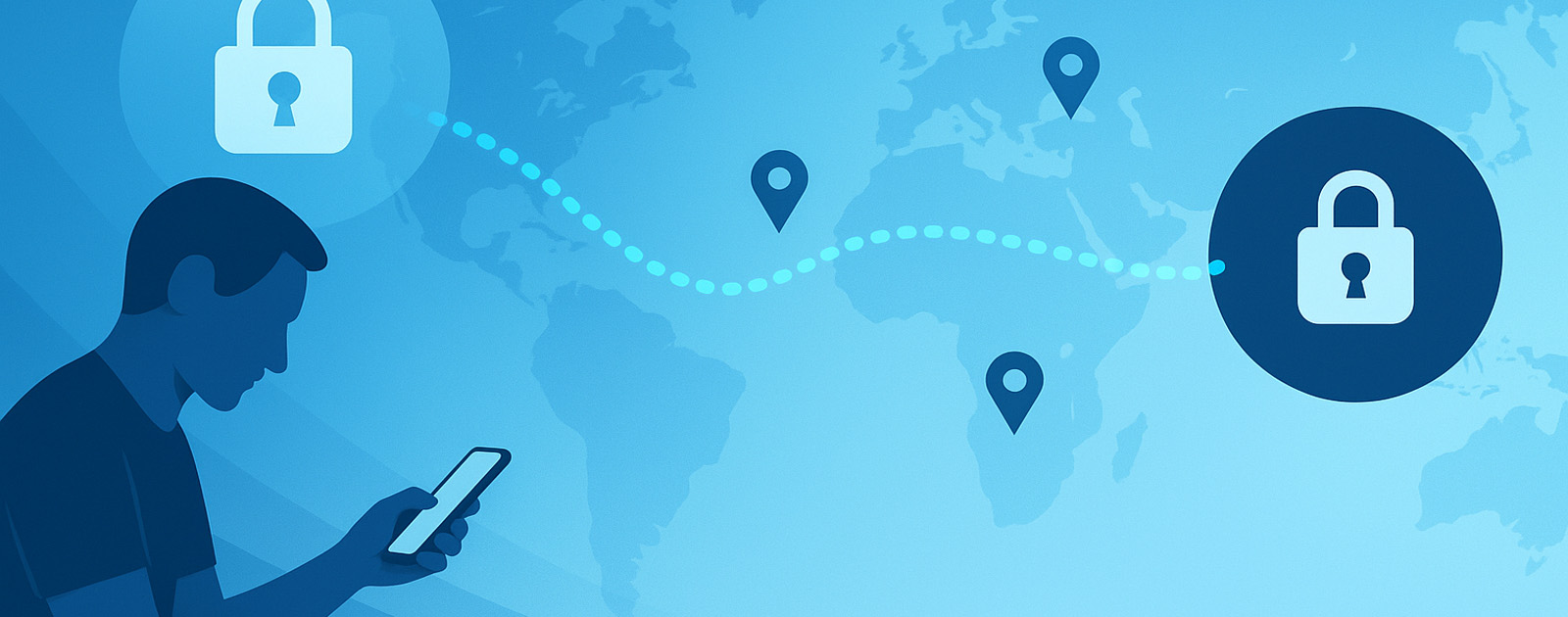Types of VPN Connections: What Should You Choose?
A VPN is not just one technology, but a whole set of connection methods. Each has its own characteristics, speed, level of security, and compatibility. Let’s explore the available options and their differences.
1. PPTP (Point-to-Point Tunneling Protocol)
Pros: very easy to set up, supported on most devices.
Cons: low level of security, outdated technology, easily blocked.
When to use: when you need a simple and fast setup without security requirements.
2. L2TP/IPSec (Layer 2 Tunneling Protocol)
Pros: higher security than PPTP, built-in support in most OSes.
Cons: may be slower due to double encryption, requires open UDP ports (1701, 500, 4500), may be blocked by NAT.
When to use: when you need a balance between compatibility and security.
3. OpenVPN
Pros: strong encryption, high flexibility, can run through HTTPS ports (443).
Cons: requires client installation, harder to configure manually.
When to use: for maximum security and bypassing blocks.
4. IKEv2/IPSec
Pros: high speed and stability, good support for mobile devices (especially iOS).
Cons: not supported on all platforms, harder to configure on older devices.
When to use: ideal for mobile users and frequently changing networks.
5. WireGuard
Pros: modern, fast and lightweight protocol, open-source, strong encryption.
Cons: not yet supported everywhere, limited configuration options.
When to use: when maximum performance with minimal load is needed.
Comparison Table
| Protocol | Speed | Security | Compatibility | Best for |
|---|---|---|---|---|
| PPTP | High | Low | Excellent | Simple setup |
| L2TP/IPSec | Medium | Medium | Good | Basic protection |
| OpenVPN | Medium | High | Good | Bypassing restrictions |
| IKEv2/IPSec | High | High | Medium | Mobile devices |
| WireGuard | Very high | Very high | Medium | Modern solutions |
Want to just hide your IP? – L2TP is enough.
Need maximum security? – Go for OpenVPN or WireGuard.
Always on the go? – IKEv2 is ideal.









